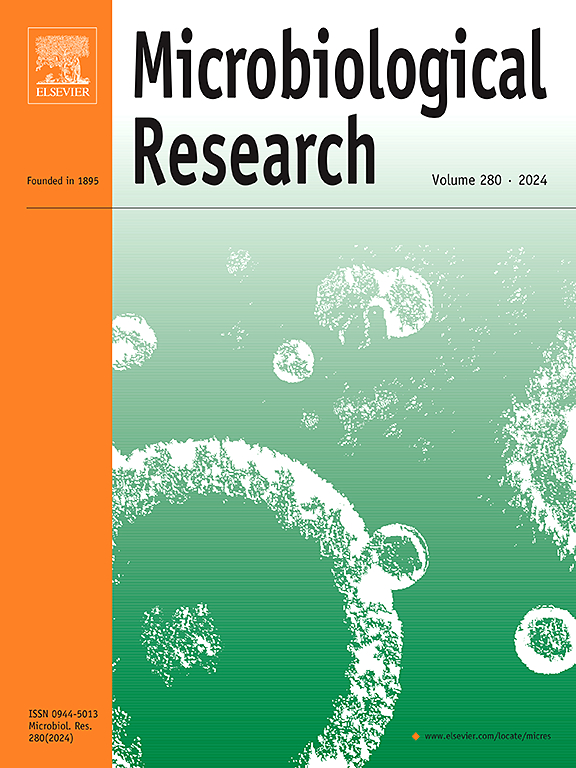Impacts of mobile genetic elements on antimicrobial resistance genes in gram-negative pathogens: Current insights and genomic approaches
IF 6.9
1区 生物学
Q1 MICROBIOLOGY
引用次数: 0
Abstract
Antimicrobial resistance threatens to take 10 million lives per year by 2050. It is a recognised global health crisis and understanding the historic and current spread of resistance determinants is important for informing surveillance and control measures. The ‘inheritance’ of resistance is difficult to track because horizontal transfer is common. Antimicrobial resistance genes (ARGs) spread rapidly between bacteria, plasmids and chromosomes due to different mobile genetic elements (MGEs). This movement can increase the range of species carrying an ARG, simplify acquisition of multi-resistance, or otherwise alter the selective advantage associated with carriage of the ARG. MGE activity is therefore a significant factor in understanding routes of ARG dissemination. Characterising the combinations of MGEs contributing to the movement of individual ARGs is crucial. Each MGE category has unique genetic characteristics, and distinct impacts on the location and expression of associated ARGs. Here, the ways in which MGEs can meaningfully associate with ARGs are discussed. Approaches for extracting information about MGE associations from bacterial genome sequences are also considered. Accurate and informative annotations of the genetic contexts of relevant ARGs provide crucial insight into the presence of MGEs and their locations relative to ARGs. Combining this genomic information with knowledge about relevant biological processes allows more accurate conclusions to be drawn about transmission and dissemination of ARGs.
移动遗传元件对革兰氏阴性病原体抗菌素耐药基因的影响:当前的见解和基因组方法
到2050年,抗菌素耐药性每年将夺走1000万人的生命。这是一个公认的全球卫生危机,了解耐药性决定因素的历史和当前传播情况对于通报监测和控制措施非常重要。阻力的“继承”很难追踪,因为水平转移是常见的。抗菌素耐药基因(ARGs)由于不同的移动遗传元件(MGEs)而在细菌、质粒和染色体之间迅速传播。这种移动可以增加携带ARG的物种范围,简化多重抗性的获得,或者改变与携带ARG相关的选择优势。因此,MGE活动是了解ARG传播途径的重要因素。描述影响单个arg移动的mge组合是至关重要的。每种MGE类型都具有独特的遗传特征,对相关ARGs的定位和表达有不同的影响。本文将讨论mge与arg之间的关联方式。从细菌基因组序列中提取MGE关联信息的方法也被考虑。对相关ARGs遗传背景的准确和翔实的注释为了解mge的存在及其相对于ARGs的位置提供了重要的见解。将这些基因组信息与相关生物学过程的知识相结合,可以得出有关ARGs传播和传播的更准确结论。
本文章由计算机程序翻译,如有差异,请以英文原文为准。
求助全文
约1分钟内获得全文
求助全文
来源期刊

Microbiological research
生物-微生物学
CiteScore
10.90
自引率
6.00%
发文量
249
审稿时长
29 days
期刊介绍:
Microbiological Research is devoted to publishing reports on prokaryotic and eukaryotic microorganisms such as yeasts, fungi, bacteria, archaea, and protozoa. Research on interactions between pathogenic microorganisms and their environment or hosts are also covered.
 求助内容:
求助内容: 应助结果提醒方式:
应助结果提醒方式:


